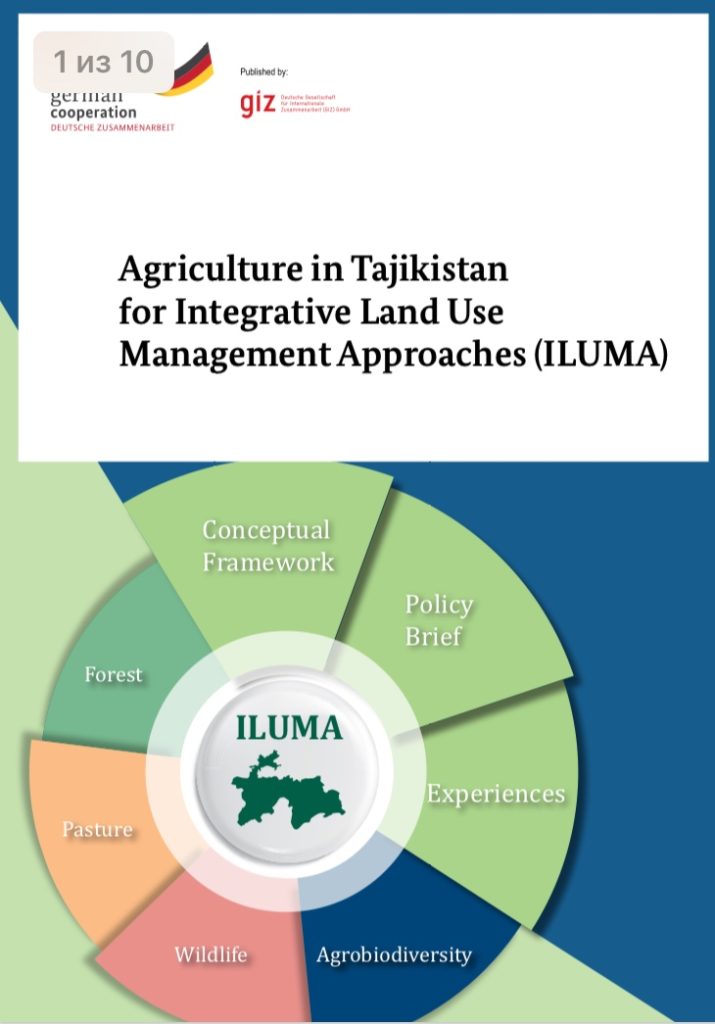1. What is this land use practice about?
In Tajikistan, as in other countries, the present use of resources is not sustainable, characterised as it is by uncontrolled logging for firewood and construction timber, overgrazing of pastureland and woodland, soil erosion and monocultures. These excesses prevent the rejuvenation and regeneration of natural vegetation, reduce the growth of wild plants and animals, and degrade agricultural land. At the same time, agricultural production is becoming increasingly intensive, including increased use of fertilisers and pesticides. The rapid growth of the agricultural sector has had negative impacts on ecosystems and biodiversity. These land use practices assist farmers to implement the land use practices described for promoting sustainable agriculture.
These practices aim specifically at enhancing biodiversity and conserving ecosystem-service. Rejuvenating native species and diversifying cultivations, along with implementing relatively simple land use management techniques, support farmers in increasing their yields, diversifying their diet and, whenever possible, increasing their economic opportunities. Biodiversity in agriculture provides a multitude of ecosystem services, vital for environmental sustainability and human well-being, that are currently under threat due to overuse, mismanagement and climate change.
The natural capital of agricultural landscapes is a source of food, fibre, firewood, fodder and provides additional ecosystems services such as nutrient cycling, soil fertility, water conservation, and pollination. The richness of genetic diversity in agricultural landscapes guarantees better adaptation to changing conditions such as severe droughts, variability of precipitation and other weather extremes. Adaptation to climate change is gaining urgency globally and in this regard conservation and sustainable use of biodiversity and ecosystems services play a key role in addressing the challenges and alleviating threats posed by climate change. The livelihood and food security of many citizens, particularly rural communities depend heavily on the biodiversity of agricultural landscapes, be it subsistence farming or income-earning from the cultivation of cash crops, livestock breeding or agroforestry. It is important to note that smallholder farmers in Tajikistan mainly depend upon the production of their land and are not entitled to subsidies in exchange for promoting biodiversity. Thus, the implementation of the following approaches should imply an increase in or at least maintenance of the same level of productivity currently attractive to the farmers.
2. Cornerstones of the Sustainable Pasture Management
The most important ‘cornerstones’ regarding the land use practice ‘biodiversity and agriculture’,
are the following:
• Biodiversity enhancing and ecosystem- services conserving agricultural practices
• Governance
